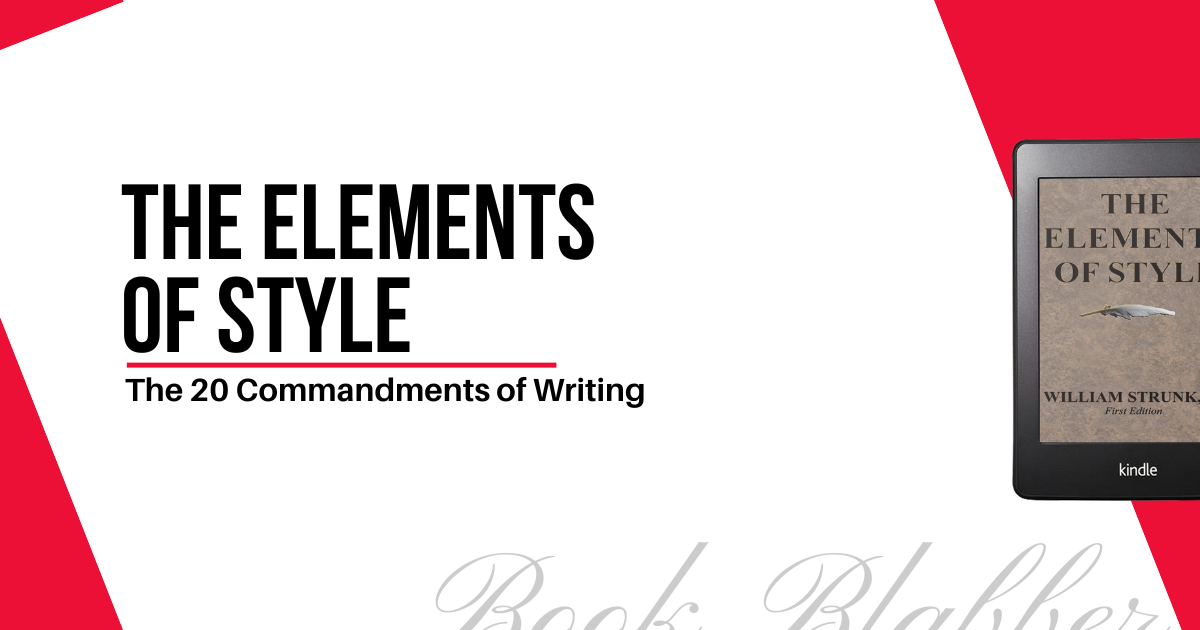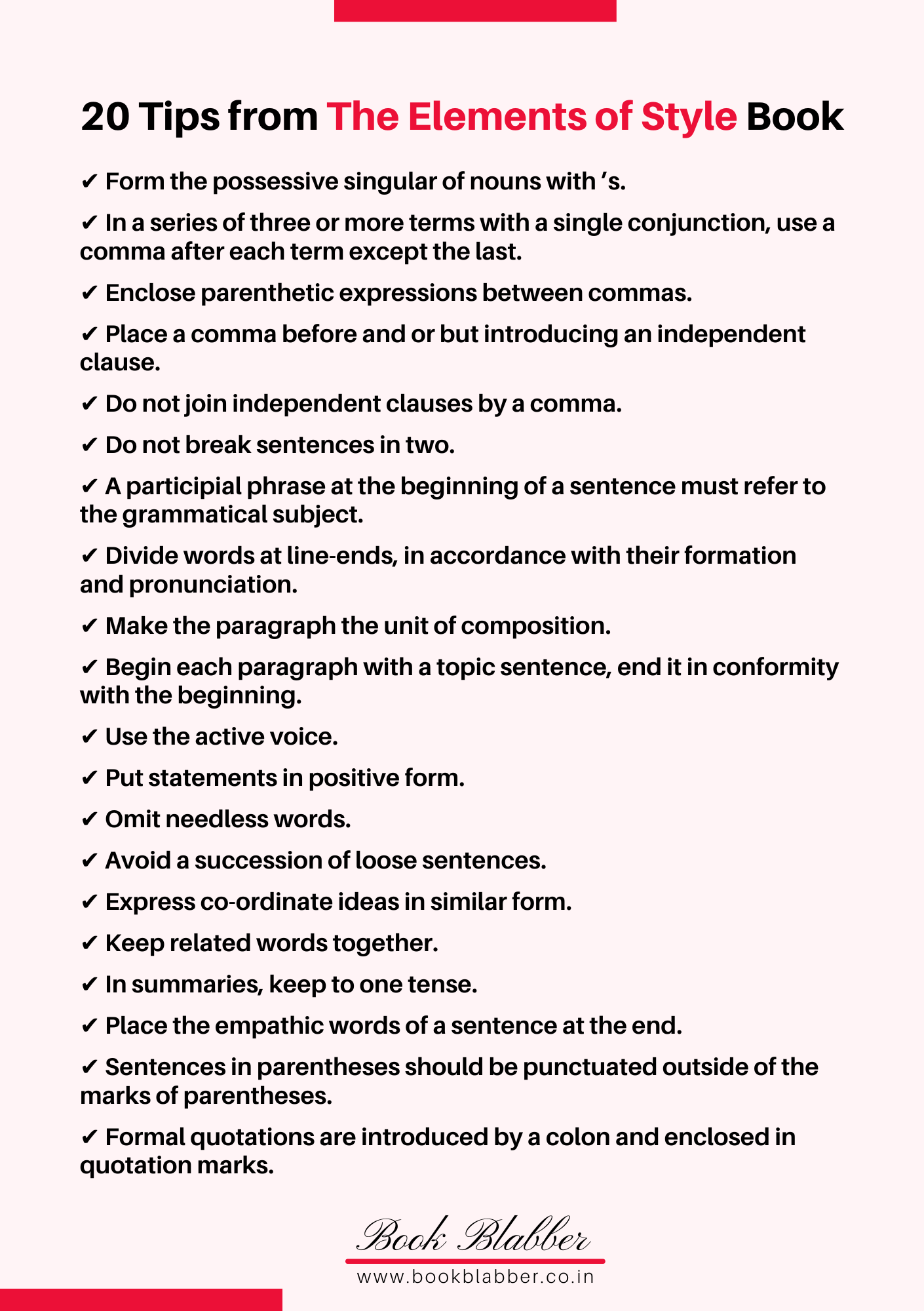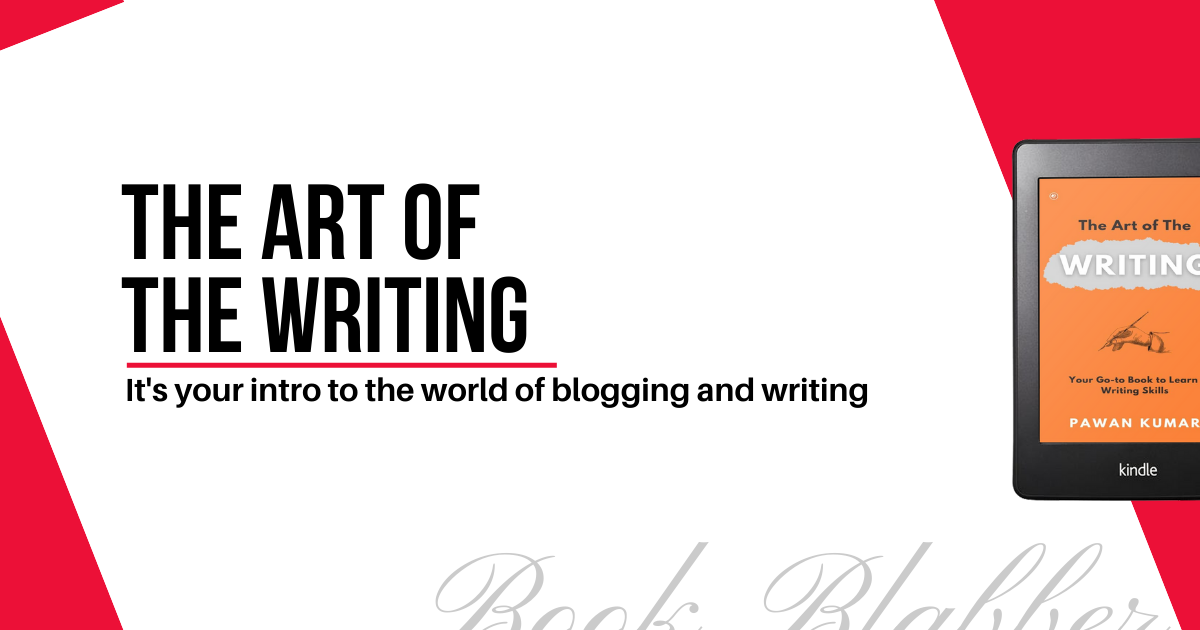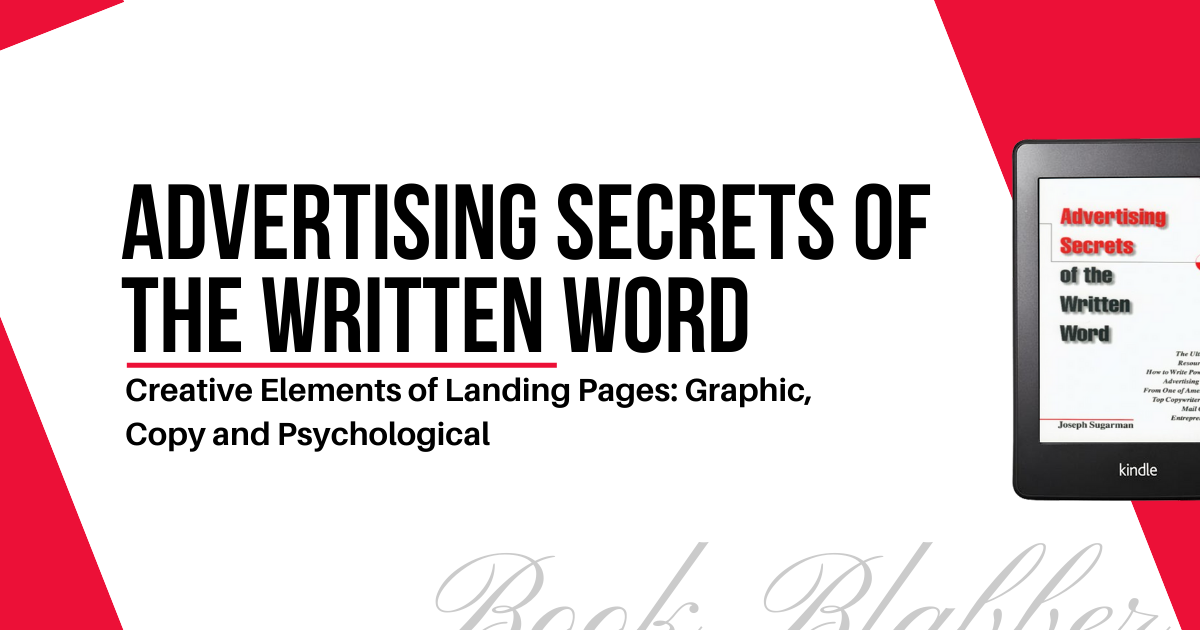The 20 Commandments of Writing from The Elements of Style

The Elements of Style by Strunk and White is a definitive book for good writing. It’s a book to clear your writing style. It’s like a bible for writers.
It’s a comprehensive guide to the art of writing. And it covers everything from grammar to vocabulary, word choice, clarity and more. It’s a must read for anyone who wants to make their writing sound more natural and compelling.
Check The Elements of Style on Goodreads
And this article lists the tips and elements of writing style as prescribed in this Strunk and White book. I would like to call them the commandments of writing.
Let’s dive in.
1) Form the possessive singular of nouns with ’s. (hers, its, theirs, yours and oneself are exceptions)
2) In a series of three or more terms with a single conjunction, use a comma after each term except the last. (abbreviations etc. and jr. are always preceded by a comma)
3) Enclose parenthetic expressions between commas. (also the non-restrictive relative clauses which start with which, when and where)
4) Place a comma before and or but introducing an independent clause.
5) Do not join independent clauses by a comma. (the proper mark of punctuation is semicolon)
6) Do not break sentences in two. (use commas if they fit)
7) A participial phrase at the beginning of a sentence must refer to the grammatical subject.
8) Divide words at line-ends, in accordance with their formation and pronunciation. (divide on the vowel or between double letters)
Divide words at line-ends, in accordance with their formation and pronunciation.
9) Make the paragraph the unit of composition. (one paragraph to each topic; each speech is a paragraph, in dialogue)
10) Begin each paragraph with a topic sentence, end it in conformity with the beginning.
11) Use the active voice. (don’t discard passive entirely though. also, avoid one passive dependent on another)
12) Put statements in positive form.
Put statements in positive form.
13) Omit needless words.
14) Avoid a succession of loose sentences. (replace them by simple ones)
15) Express co-ordinate ideas in similar form. (correlative expressions (both, and; not, but; first, second, third; etc.,) should follow the same grammatical construction)
16) Keep related words together. (if several words modify the same word, arrange them in a way that they don’t suggest any wrong relation)
17) In summaries, keep to one tense.
Keep to one tense.
18) Place the empathic words of a sentence at the end.
19) Sentences in parentheses should be punctuated outside of the marks of parentheses.
20) Formal quotations are introduced by a colon and enclosed in quotation marks. (proverbial expressions and familiar phrases are exceptions)
And those were all the lessons from the elements of style book. It’s almost like the elements of style summary, to be honest.
Here's a downloadable infographic for you to save:

Liked what you read?
Join Book Blabbers WhatsApp group to bond over books, memes and quotes.
Subscribe to Book Blabber's Bulletin to get book summaries, reading tips and occasional hugs in your inbox.





Comments